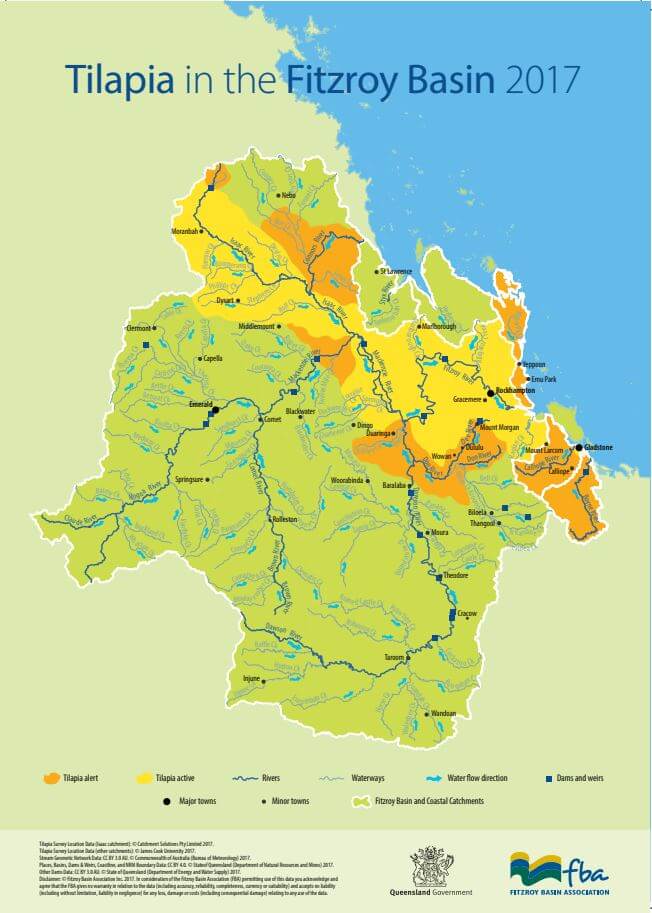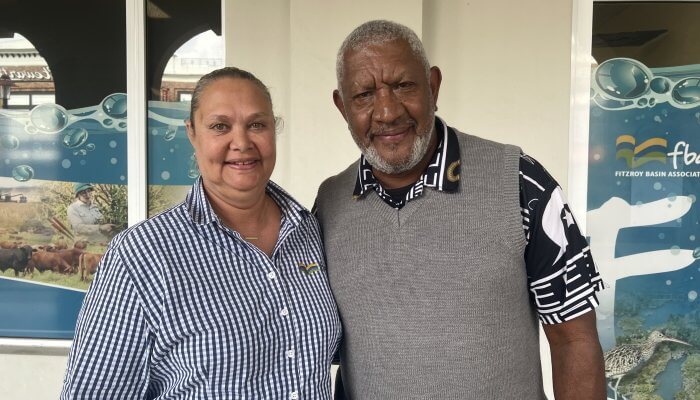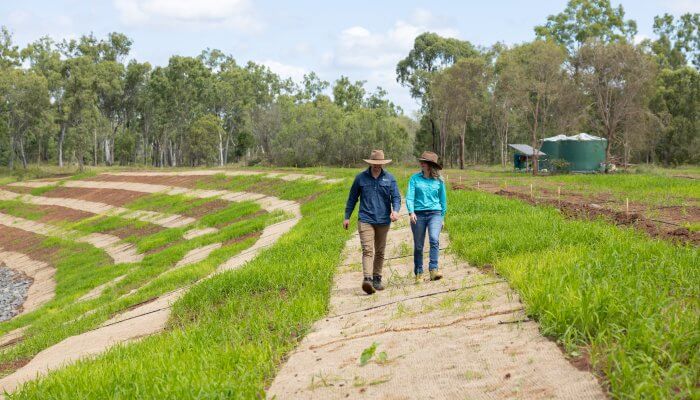Resources library
Resources
QLD Regional NRM – Our Big Backyard
Protecting waterways through better management - QLD Regional NRM - Our Big Backyard
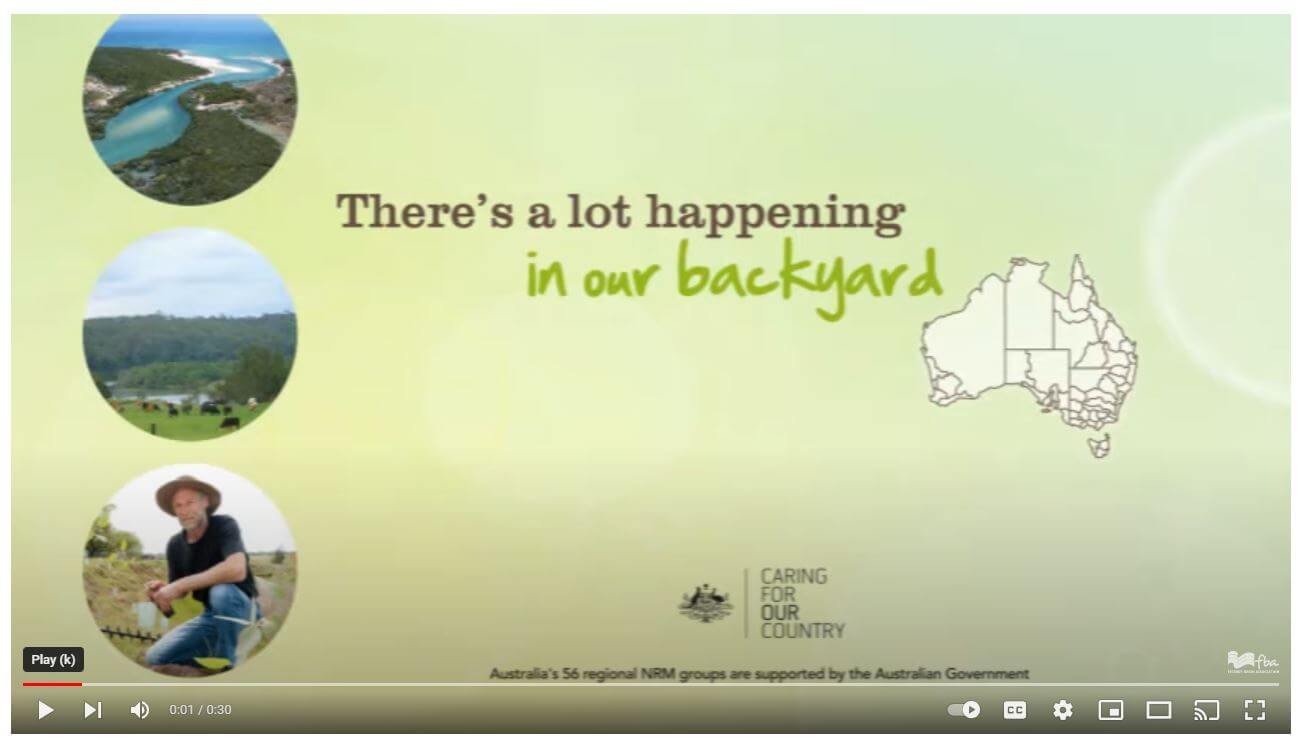
Australia is a big country. Ever wondered who takes care of the land beyond your back fence? A lot of work is done by regional natural resource management (NRM) groups. There are 14 groups covering all of Queensland, they coordinate efforts to improve and protect our waterways and landscapes - working with farmers, graziers, governments, Landcare, and community groups. It's a big backyard and there's a lot happening. For example, through the work of regional NRM groups in Queensland more than 1 million hectares of land is being managed more sustainably (in the four years to June 2011). This means farmers like Nigel, who grows irrigated cotton, are changing their practices to ensure less run-off of contaminants into nearby waterways, which eventually flow to the ocean.
10/10/2012
QLD Regional NRM – Our Big Backyard
More than 2 million ha native vegetation protected

Australia is a big country. Ever wondered who takes care of the land beyond your back fence? A lot of work is done by regional natural resource management (NRM) groups. There are 14 groups covering all of Queensland, they coordinate efforts to improve and protect our waterways and landscapes - working with farmers, graziers, governments, Landcare, and community groups. It's a big backyard and there's a lot happening. For example, through the work of regional NRM groups in Queensland more than 2 million hectares of native vegetation has been protected (in the four years to June 2011).
10/10/2012
QLD Regional NRM – Our Big Backyard
One million hectares managed sustainably

Australia is a big country. Ever wondered who takes care of the land beyond your back fence? A lot of work is done by regional natural resource management (NRM) groups. There are 14 groups covering all of Queensland, they coordinate efforts to improve and protect our waterways and landscapes - working with farmers, graziers, governments, Landcare, and community groups. It's a big backyard and there's a lot happening. For example, through the projects of regional NRM groups in catchments that drain to the Great Barrier Reef, one million hectares of land is being managed more sustainably (in the four years to June 2011).
10/10/2012
QLD Regional NRM – Our Big Backyard
More than 5000 training events

Australia is a big country. Ever wondered who takes care of the land beyond your back fence? A lot of work is done by regional natural resource management (NRM) groups. There are 14 groups covering all of Queensland, they coordinate efforts to improve and protect our waterways and landscapes - working with farmers, graziers, governments, Landcare, and community groups. It's a big backyard and there's a lot happening. For example, more than 5000 training events were run or supported by regional NRM groups in the 4 years to June 2011 - that's a lot of new knowledge and skills!
12/10/2012
The Fitzroy Basin: Heart of Queensland
The Fitzroy Basin: Heart of Queensland

The Fitzroy Basin is the second largest river system draining to Australia's east coast. It is a large and diverse area with beautiful landscapes, productive agricultural land, and unique plants and animals. The basin includes more than 20,000km of waterways that drain the iconic Great Barrier Reef. Grazing is a major land use, and the city of Rockhampton is known as Australia's beef capital.
16/02/2012
Clark Connors Range Fire Management Guidelines
Clark Connors Range Fire Management Guidelines
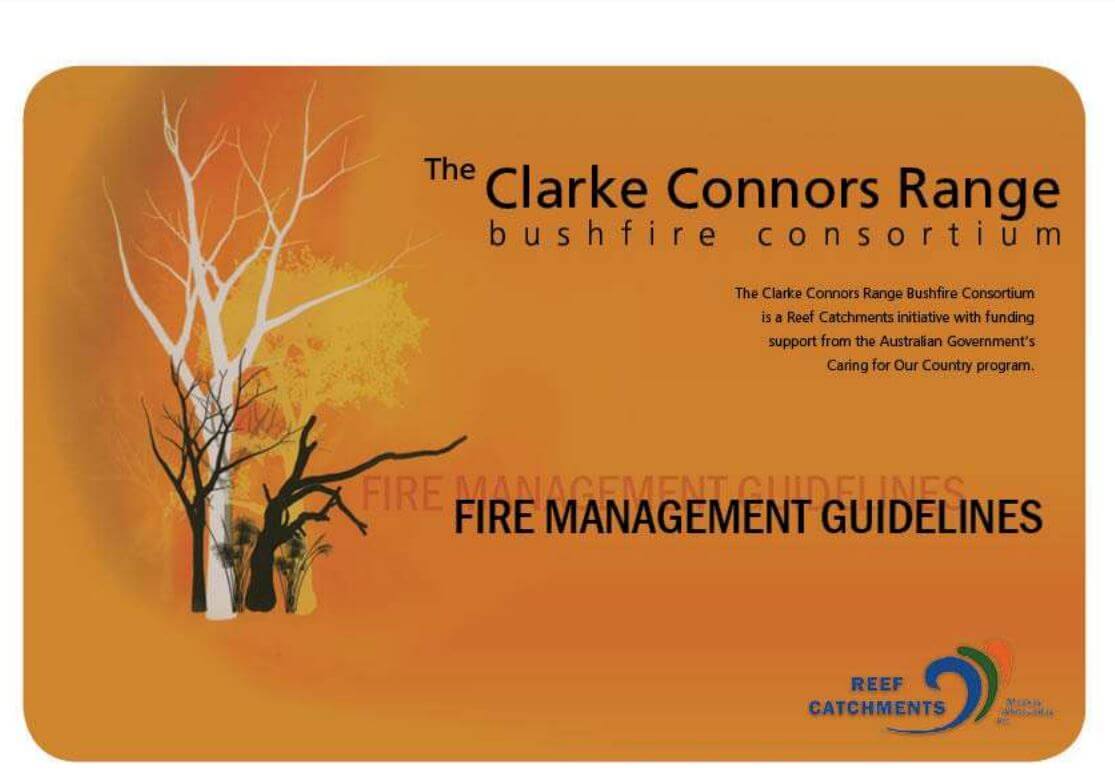
Appropriate fire management practices to help land managers in the Clark Connors Range plan hazard reduction burning and undertake planned burns to improve production and conservation outcomes.
Walking the Landscape Calliope Catchment Story
Calliope Catchment Story
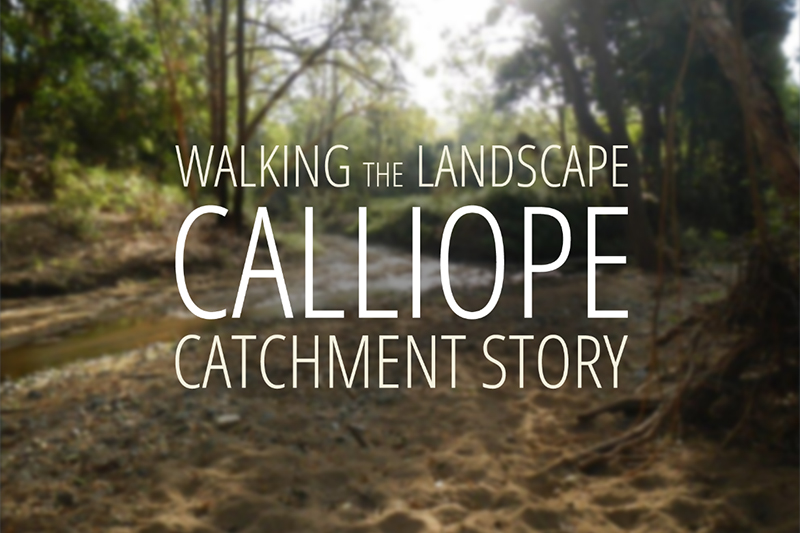
To effectively manage the catchment it is important to have a collective understanding of how the catchment works. This map journal gathers information from experts and other data sources to provide that understanding.
Walking the Landscape Lower Fitzroy Catchment Story
Lower Fitzroy River Catchment Story
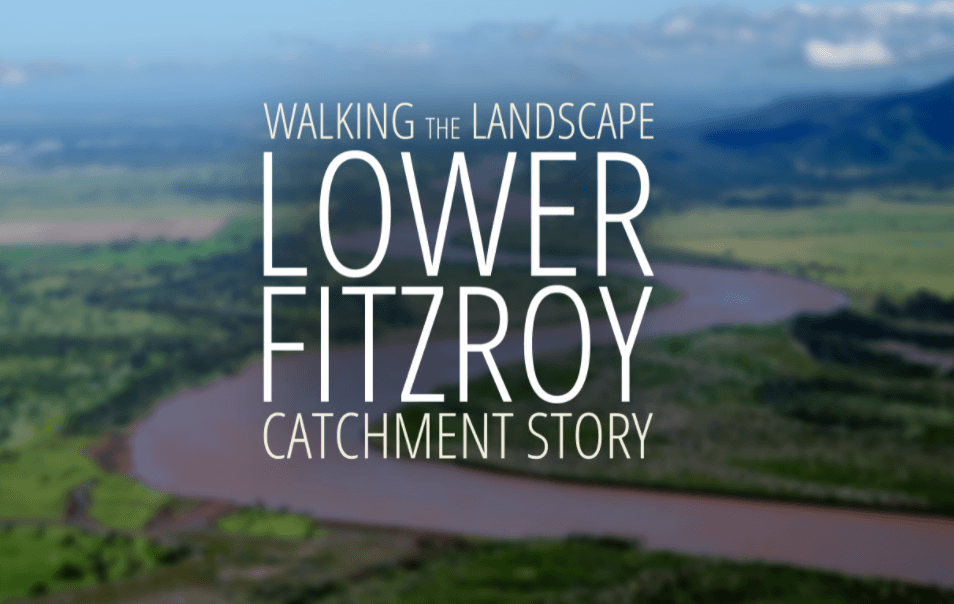
To effectively manage the catchment it is important to have a collective understanding of how the catchment works. This map journal gathers information from experts and other data sources to provide that understanding.
Case Study
Calliungal Wetland Case Study
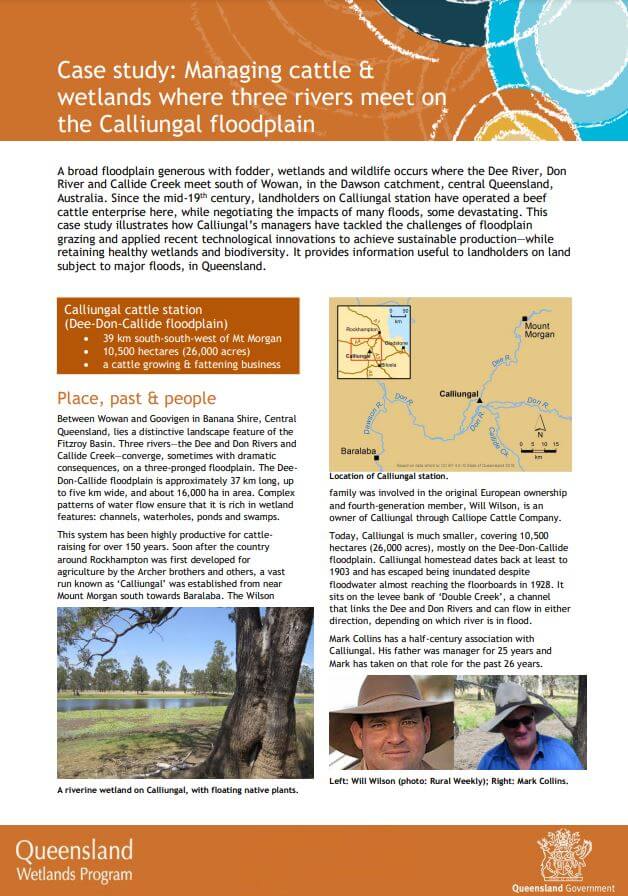
A Queensland Government case study focusing on managing cattle and wetlands where three rivers meet; on the Calliungal floodplain.
Wetland case study
Fitzroy coastal floodplain case study
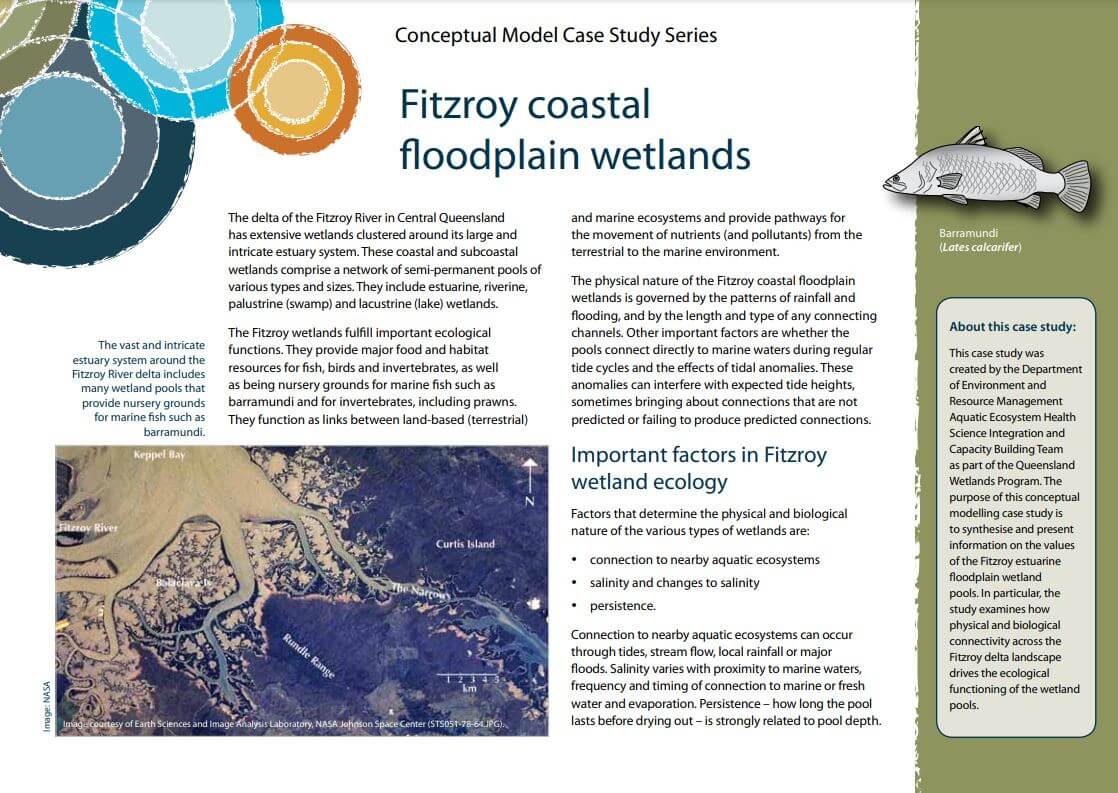
This case study was created by the Department of Environment and Resource Management Aquatic Ecosystem Health Science Integration and Capacity Building Team as part of the Queensland Wetlands Program. The purpose of this conceptual modelling case study is to synthesise and present information on the values of the Fitzroy estuarine floodplain wetland pools. In particular, the study examines how physical and biological connectivity across the Fitzroy delta landscape drives the ecological functioning of the wetland pools.
Wetland case study
Kinka Wetlands case study
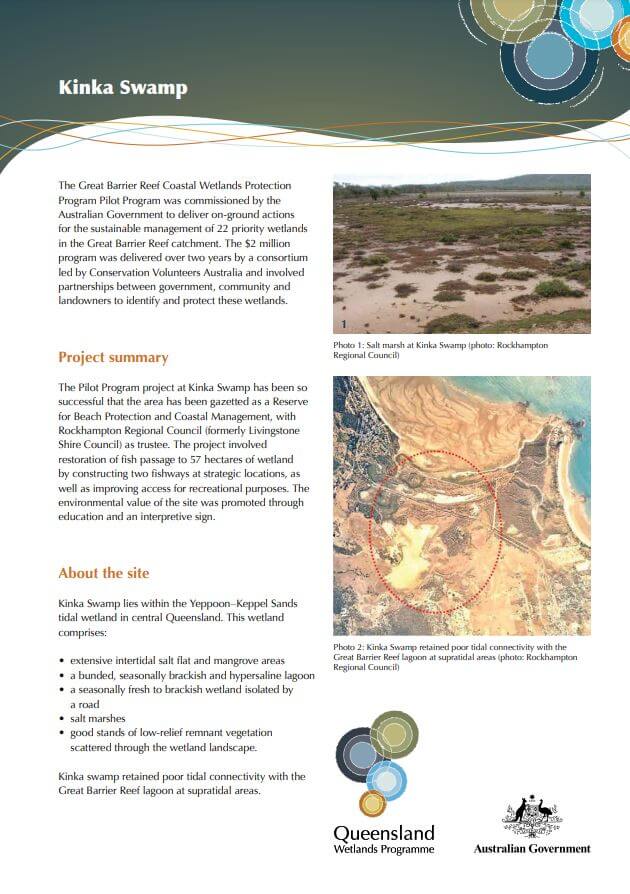
This Pilot Program project at Kinka Swamp was so successful that the area has been gazetted as a Reserve for Beach Protection and Coastal Management, with Rockhampton Regional Council (formerly Livingstone Shire Council) as trustee. The project involved restoration of fish passage to 57 hectares of wetland by constructing two fishways at strategic locations, as well as improving access for recreational purposes. The environmental value of the site was promoted through education and an interpretive sign





